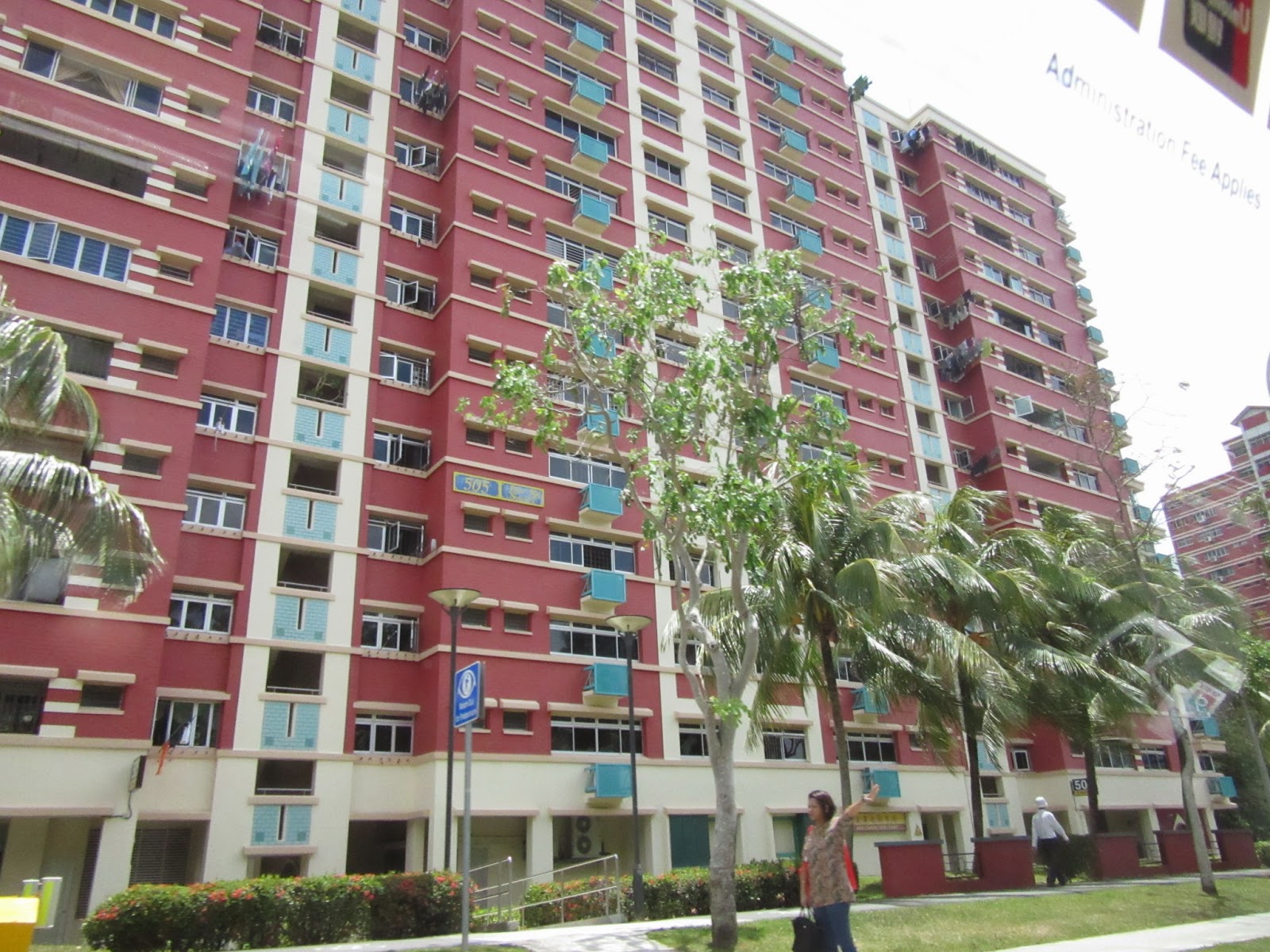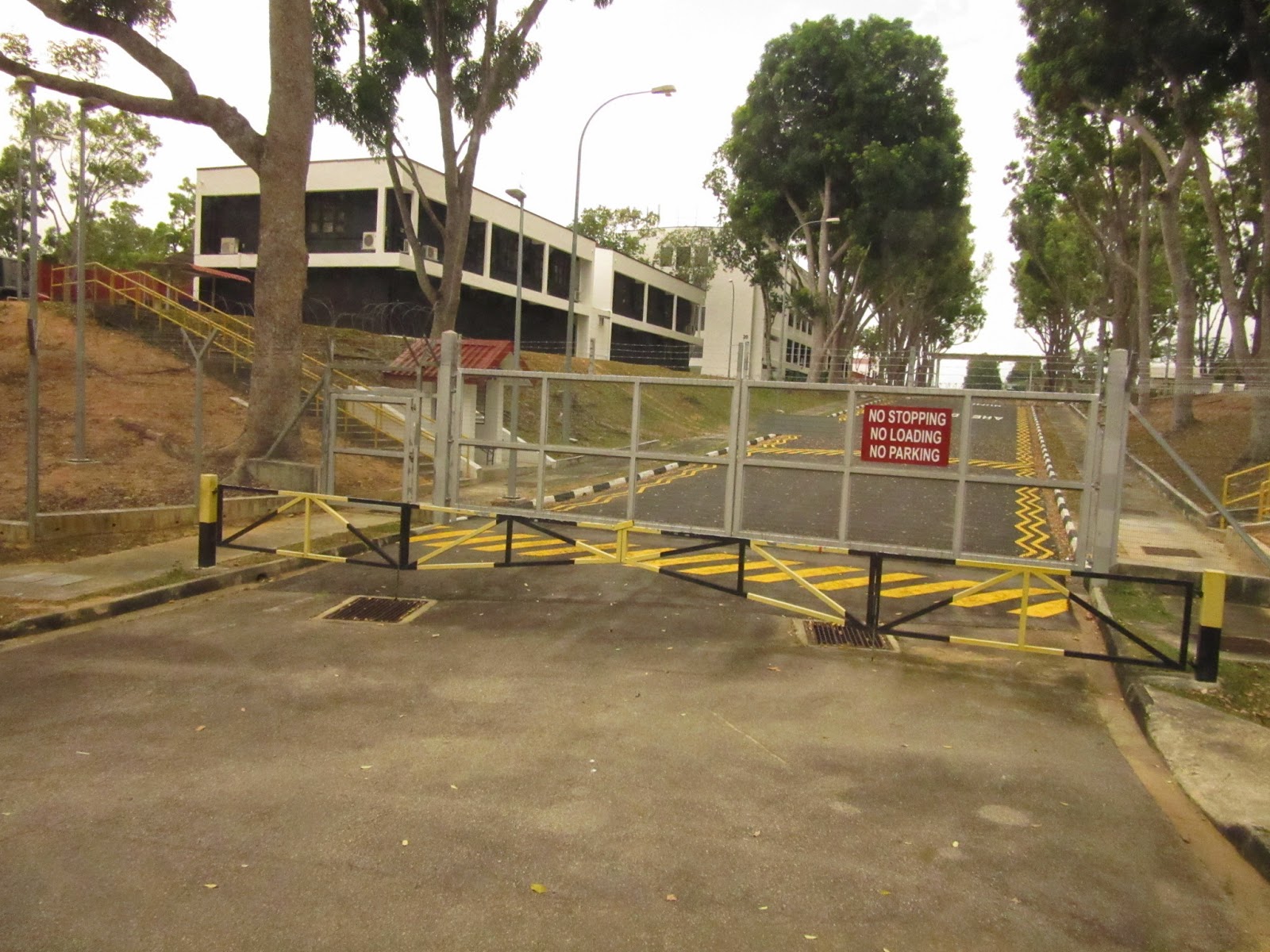 |
| Wandering around Taipei |
After a 4-hour direct flight on the upscale Taiwanese
Airline EVA from Singapore to Taiwan, we landed outside of the city’s capitol
of Taipei. It was growing dark by this
time, but we had an affable, well-spoken 54-year old driver named “Jerry” waiting
for us, who hustled us over to the Yomi Hotel where we would spend the next
five nights in this new country. Upon
arrival at our hotel, we tried to give a monetary tip to Jerry for his taxi
service, but he wouldn’t hear of it; he just sincerely wanted us to have a good
time while in Taiwan, sans tip.
 |
| Taiwanese beer was soooo good!! |
First, a little background on the city of Taipei. The Taipei
Metropolitan area is located at the very northern tip of the Island of Taiwan,
just 125 miles off the coast of mainland China.
It is made up of three contiguous cities - Taipei City (the capitol of
Taiwan), New Taipei, and Keelung. The Taipei Metropolitan area is a typically
busy city of 7 million, with lots of tall modern buildings, bustling vehicles, a
modern subway, and scurrying business people everywhere. Taiwan is a relatively small island;
consequently, land is limited for expansion on Taiwan, and it is quite a
densely populated country. New
construction must mostly be built vertically to minimize the premiums that
would be incurred by growing sideways for new property gains.
 |
| On the streets of Taipei (notice the 7-Eleven!) |
It seemed hard to believe that we had made a transfer to another
Asiatic country, but this time, it was slightly different; capitalism is Taiwan’s
ideology, as opposed to the predominantly communist countries that we had been
visiting in the past few weeks. There was nothing startlingly different to the
eye, but we spotted many global industries here that were absent in some of the
other places we visited. One thing we
noticed was that there were an inordinate number of 7-Eleven's, KFC’s, Popeye’s,
and Starbucks on practically every city block.
We found out later that there are over five thousand 7/11 convenience
stores on Taiwan! That’s our capitalism at work, we thought, making inroads in
countries that have opened their doors and embraced western commerce!
 |
| Water lilies and azaleas adorn ancient fountain |
Anne was on assignment here for the Internet Blog Viator to
write an article about Taipei, so as part of this venture, we took a city highlights
tour to learn about this world class city that we both knew so very little
about. A delightful Chinese dude by the
name of “Felix” was our tour guide for that excursion; he was a knowledgeable
58-year old who, along with his driver Mr. Shun, escorted us about the city in his
air-conditioned Toyota van.
 |
| Taipei, the city of azaleas |
Felix told us that Taipei was known as the “city of azaleas.”
And everywhere we drove, colorful azaleas adorned the city streets in carefully
manicured fashion. We were so glad we
had timed our arrival to Taipei perfectly (ha, ha) for this floral extravaganza
of blooming azaleas in multiple pastels colors; it really heightened our
enjoyment of the tour even more.
 |
| Good luck Buddha swastikas emblazoned on temple urn |
Felix showed us a beautiful Zen Temple with a centrally
located brass incense burner lined with “good luck” Buddha swastikas. Yes, the swastika twisted in the reverse way
from Hitler’s infamous moniker was a good luck symbol used by Buddha craftsman
throughout the ages. Since land is at a premium here, the temple was completely
surrounded by a youth center; without Felix, we would never have known it was
there.
 |
| Impressive three-story CKS Memorial |
Of course Chiang Kai-Shek (CKS) was the most famous homeboy
& leader of this country, so a visit to his 3-story Memorial Hall built in
1980 was inevitable.
 |
| High-stepping Taiwanese Navy personnel performing changing of the guard ceremony |
The visit to the
hall involved a very serious changing of the guard ceremony by Taiwanese Navy
personnel, filled with much pomp and spit-and-polish military moves. The main hall was located on the 3rd
floor of a relatively new memorial building, and filled with many Chinese admirers
of this past leader.
 |
| CKS looking a lot like the Lincoln Memorial |
The Hall portrayed
a huge, brass, seated sculpture of CKS, which was actually patterned after the
Lincoln Memorial in our own Washington, DC.
Like Lincoln, CKS was the president of his country; he ruled as the
leader of the Chinese Nationalist Government here in Taiwan until his death in
1975. He was responsible for many
reforms and is totally loved by the people of Taiwan.
 |
| Brightly-colored Martyr's Shrine |
Another stop was at the “Martyr’s Shrine,” a gorgeous
building designed to look like a mini-version of the Forbidden City in Beijing.
We definitely got the feeling that CKS was trying to create his own little
China here on Taiwan.
 |
| National Palace Museum |
As a finale to the tour, Felix took us over to the National
Palace Museum in downtown Taipei, often considered by experts as one of the four
greatest museums in the world. The
National Palace Museum preserves century-old Chinese art and culture and houses
more than 600,000 court treasures from various Chinese dynasties. Much jade and jade sculptures, ivory carvings,
and trinkets carved from Rhino horns were on display throughout this large edifice.
These items were intriguing, but it was hard
to ignore how many of these art forms would be illegal to obtain in today’s
world. And how many artists spent their
entire lives creating a single masterpiece for the emperor. Just goes to show
the insane need for unique opulence by rulers who could demand (and get)
anything they wanted. Since money was no object, they could use the power of
their throne to obtain any frivolous or absurd item they wanted.
The other interesting aspect of the National Palace Museum
is that these treasures were originally stored in the Forbidden City in
Beijing. During the Cultural Revolution in China, CKS saved (or stole,
depending on your point of view) the greatest treasures of the Chinese court.
Today, the majority of visitors to the museum come from the mainland; these are
Chinese tourists who are anxious to see their country’s prized
possessions.
 |
| Weird packaged quail eggs are sold all over Tamsui |
On another day, we took the metro outside of Taipei to the small
town of Tamsui. Tamsui is an historic
town with lots of friendly shops, eateries, and unique indigenous stuff for
tourists and locals alike. It was a
30-minute ride that cost us a train token each (about $3 US dollars/ person),
and that included the return trip too.
It couldn’t have been simpler and cheaper to ride the Taipei MRT (metro).
 |
| Street food - fried squid, anyone? |
Tamsui has a few pedestrian streets lined with vendors who
sell lots of street food, souvenirs, and merchandise that you’ll find nowhere
in America. Frank wanted to try the
fried squid, but you had to buy too great a quantity; if he didn’t like it, it
would have to be thrown away. So he
passed on squid. He did try the quail
eggs, but was not enamored of the strange flavor.
The ginger tea was excellent,
and we couldn’t walk away without buying a pack of teabags to bring home.
Of course, we had to try some of the local noodle soup. Luckily, a friendly resident named “Hugo” befriended us and directed us to a noodle house. Inside the restaurant, a group
 |
| Sweet young tea vendor sells Frank on her ginger tea |
of older ladies, who spoke some limited English, helped us order some
soup dishes. They all did an excellent
job of helping us poor “fer-in-ers!”
 |
| Living the life in Taipei with good tea and good foot massages |
Back in Taipei, we decided to get a foot massage from the kindly
old Chinese man who just happened to have a massage shop next to our
hotel. Foot massages here are very
inexpensive, so we absolutely “needed”
to have our sore peds “kneaded.” We had
no choice! Foot massage is available all over Asia, and you can just walk in
any time -- wish we had something comparable here in the US.
 |
| Heavenly hot towels wraps at the end of the massage |
These particular
foot massages were especially delightful because after working over our feet,
they massaged our calves, and then wrapped the whole works in hot, wet
towels. Ahhhh…. Nice job by the old boy
and his son!!
BTW when we left Taipei, we specifically asked for Jerry to
be our taxi driver. He was the same driver that brought us into Taipei from the
airport on the 1st night here, and refused a tip offered by Frank.
This nice man not only picked us up on time, but he provided us with a breakfast
snack of delicious dumplings to enjoy during the ride to the airport. Honestly,
we meet the nicest people when we travel – restores our faith in humanity!
We had a great time visiting southeastern Asia. The people, the culture, and of course, the
food were super. Politics aside, it is a
favorite spot of ours to spend holiday time.
And very few other spots in the world give you the same bang for your
buck that you will get in the places we visited over the past few weeks. If all goes well, we will be happily
returning to this part of the world sometime soon.
More pics from Taiwan:
 |
| Frank is lovin' a meat & rice breakfast in downtown Taipei |
 |
| Taipei's version of Pho Bo, noodle soup with beef |
 |
| Anne loves slurping up noodles and drinking her can of Taiwan beer |
 |
| More Taiwanese soup for breakfast |
 |
| Street food in Tamsui appears to be some kind of cooked worms (we didn't try it to find out!) |
 |
| Taiwan's version of Pho Heo, pork soup with noodles |
 |
| Dish of spicy beef with peppers |
 |
| Taiwanese Pho Ga, chicken soup with noodles |




















































